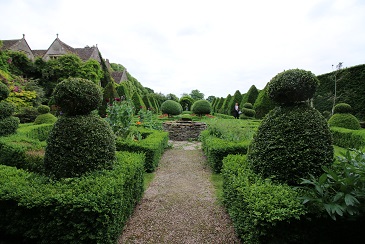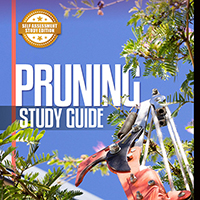 There are many reasons for creating a hedge; including:
There are many reasons for creating a hedge; including:
- For privacy - a hedge provides privacy from neighbours and the street.
- To improve your outlook - a hedge can block out your view of unsightly areas but it might have a gap in it to create a “borrowed vista” of a building such as a church or a hill in the distance.
- To control noise - this is done best in conjunction with an earthen mound. A single row of plants will not stop much noise.
- To control wind and temperature - for example, to minimise the effect of hot, dry winds.
- To provide a physical barrier - for example, to contain animals and children.
- To create a visual barrier within the garden - for example, a low hedge enclosing a rose planting.
- To create an ornamental feature - such as a double hedge leading to a statue in a formal garden.
- To provide a wildlife habitat for birds and animals. If this is the case then you may be better of growing native species.
Hedges are a simple way to provide a low edge to a garden bed or a tall barrier to a section of the garden. Hedges are basically rows of plants trimmed into a line having a particular thickness. They occupy less space than untrained plants due to their controlled growth habit. If space or ground is limited, you can produce small hedges in pots that can be rearranged to suit the occasion or the mood.
Openings can be created to provide views or vistas to the surrounding landscape by arches or 'windows'. These 'windows' are zones within the hedge where no plant leaves are allowed to grow thereby giving a porthole appearance.
The hedge can also be embellished by sculpting different topiary forms into sections of the hedge, either as part of the 'window' design or as a feature atop the hedge, or perhaps on the edge of a hedge near entrance ways. This could include for example, finials, turrets, even birds and cats. Texture can be contrasted by leaving some specimens more natural than others or clipping only one side.

Depending on the plants chosen, some hedges may need clipping only once a year while others may need more frequent trimming. If selecting a plant which grows with a central leader such as Pinus or Podocarpus, the leader should not be cut until the plant has reached the desired height.
The best plants for hedges are ones with fine textured foliage, and preferably ones which do not react badly to pruning. In warm climates, humidity can lead to fungal diseases where plants grow close together in a hedge; so it becomes very important to choose varieties which are relatively disease free, and suited to the climate.
Learn more about making hedges and pruning all sorts of other plants with our Pruning Short Course -click for details